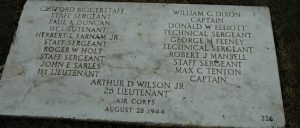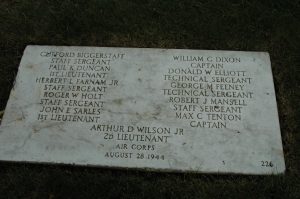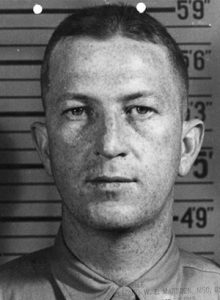Carter, William Junior
Army Private 1st class
William Junior Carter from Greenville County South Carolina.
Service era: Korea
Date of death: Thursday, November 30, 1950
Death details: By mid-November 1950, U.S. and Allied forces had advanced to within approximately sixty miles of the Yalu River, the border between North Korea and China. On November 25, approximately 300,000 Chinese Communist Forces (CCF) “volunteers” suddenly and fiercely counterattacked after crossing the Yalu. The 2nd Infantry Division, located the farthest north of units at the Chongchon River, could not halt the CCF advance and was ordered to withdraw to defensive positions at Sunchon in the South Pyongan province of North Korea. As the division pulled back from Kunu-ri toward Sunchon, it conducted an intense rearguard action while fighting to break through well-defended roadblocks set up by CCF infiltrators. The withdrawal was not complete until December 1, and the 2nd Infantry Division suffered extremely heavy casualties in the process. Corporal Maynard Eugene Carson, who joined the U.S. Army from Pennsylvania, was a member of A Company, 1st Battalion, 9th Infantry Regiment, 2nd Infantry Division. He went missing in action on November 30, 1950, during the fighting withdrawal from Kunu-ri. He was never reported as a prisoner of war, and his remains were not recovered or identified after the war. Today, Corporal Carson is memorialized on the Courts of the Missing at the National Memorial Cemetery of the Pacific. His name is also inscribed on the Korean War Veterans Memorial Wall in Washington, DC, which was updated in 2022 to include the names of the fallen.
Source: National Archives, Defense POW/MIA Accounting Agency


